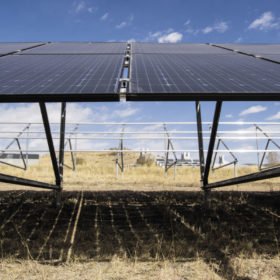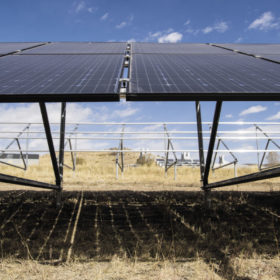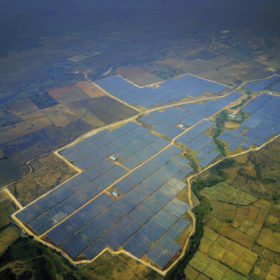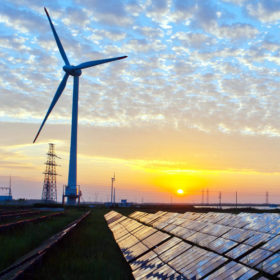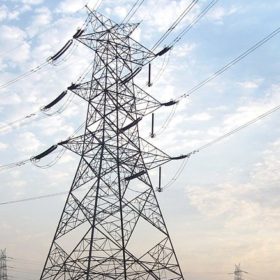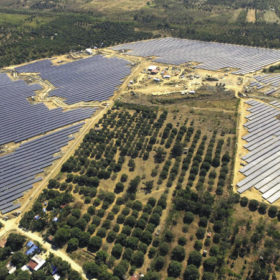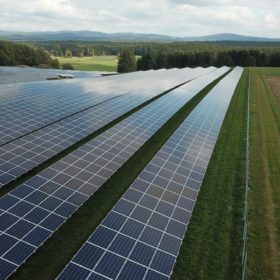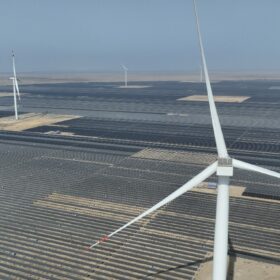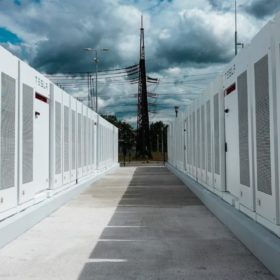The world has 53 million hectares of abandoned cropland suitable for solar PV deployment
Researchers in Norway have mapped all cropland areas that were abandoned between 1992 and 2015 and found that the vast majority is suitable for PV and bioenergy deployment. Around 30% is located in Asia, followed by the Americas, with a 28% share, and Africa, with a percentage of 22%. Europe and Oceania had shares of 20% and 5%, respectively.
Hybrid power solutions using solar with grid take off in India
A recent GOGLA report indicates an increasing trend towards hybrid power solutions that integrate DC solar with AC grid power, and appliances that integrate both AC and DC power. In particular, the sales of hybrid solar inverter UPS in India is growing at 25% annually, much faster than conventional inverters’ 10% annual market growth.
SECI tweaks 100 MW solar-plus-storage Chhattisgarh tender
The Solar Energy Corporation of India has issued amendments to the procurement and extended the bidding deadline a second time.
Bifacial PV modules no longer exempt from US Section 201 import tariffs
The U.S. authorities are currently subjecting imported bifacial modules to a 20% penalty – the same tariff applied to almost all other crystalline silicon solar modules.
The long read: India’s tender prices tumble, despite Discom delays
India’s state-owned electricity distribution companies (Discoms) are in dire financial straits, as they owe some $16 billion to generators, according to the Institute for Energy Economics and Financial Analysis (IEEFA). Despite this, national PV auctions have been oversubscribed and are setting record low tariffs in the country, indicating strong interest from developers – if the Discom challenge can be overcome.
NTPC tenders for solar EPC contractors and developers
The state-run power company has invited engineering, procurement and construction services contractors and developers to bid for its solar project contracts, excluding the supply of PV modules. Applications can be submitted until November 19.
Green term-ahead trading records 151% growth
The Green (Renewable Energy) Term-Ahead Market traded 208 million units (MU) during October, representing a 151% growth month-on-month. Solar energy, at 173 MU, dominated the non-solar trade.
Gujarat’s transformation in electricity sector
A TERI paper details how the state’s inefficient electric utility transformed into one of India’s most high-performing electricity distribution companies. The study provides a learning opportunity to other sector stakeholders from India and overseas.
The long read: ASEAN’s looming renewables revolution
Southeast Asia, when taken as a whole, is a global laggard in the uptake of renewable energy, but some countries are leading the way, such as Vietnam, the Philippines, and Myanmar. And as ‘Angry Clean Energy Guy’ Assaad W. Razzouk argues, policymakers in the region cannot hold back the tide of solar and wind for much longer.
KKR’s India platform will acquire operating renewables assets
Headquartered in Mumbai, Virescent Infrastructure owns 169 MWp of solar assets in Maharashtra and 148 MWp in Tamil Nadu.


